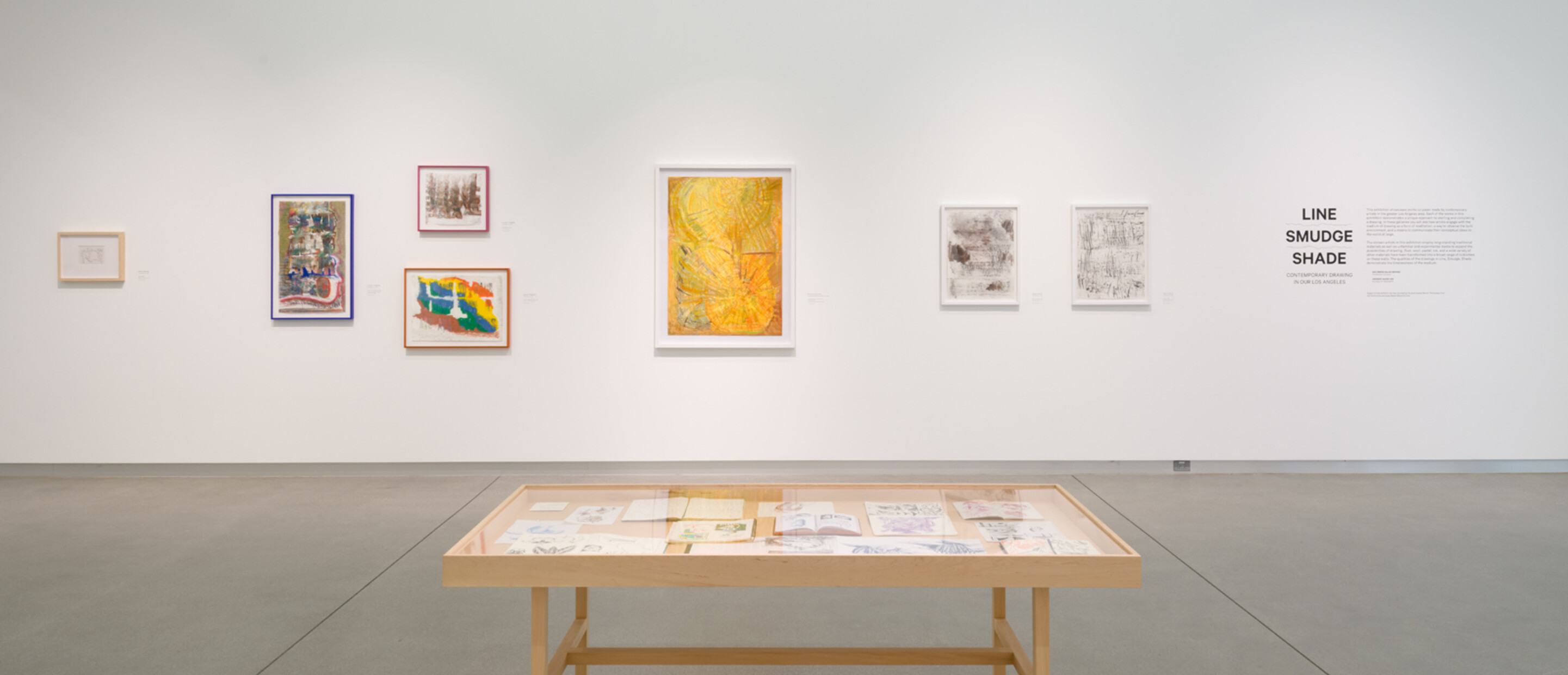 Lauren Faigeles (born 1991 in New York, New York) lives and works in Los Angeles. In 2013, she received her BFA from Carnegie Mellon University and in 2016 she received her MFA from Yale University. Her work has been included in solo exhibitions at Artist Curated Projects (LA), and Hesse Flatow (New York, NY). Group exhibitions include the Benton Museum of Art at Pomona College (Claremont, CA); Abrons Art Center (New York, NY); Lyles and King (New York, NY); Pomona College Chan Gallery (Claremont, CA); Pio Pico (LA); and Olympia Art (New York, NY). In addition, Faigeles curates and lectures on zine-making. She has been a visiting artist at The Cooper Union, Marlboro College, and Pomona College.
Lauren Faigeles (born 1991 in New York, New York) lives and works in Los Angeles. In 2013, she received her BFA from Carnegie Mellon University and in 2016 she received her MFA from Yale University. Her work has been included in solo exhibitions at Artist Curated Projects (LA), and Hesse Flatow (New York, NY). Group exhibitions include the Benton Museum of Art at Pomona College (Claremont, CA); Abrons Art Center (New York, NY); Lyles and King (New York, NY); Pomona College Chan Gallery (Claremont, CA); Pio Pico (LA); and Olympia Art (New York, NY). In addition, Faigeles curates and lectures on zine-making. She has been a visiting artist at The Cooper Union, Marlboro College, and Pomona College.
What does it mean to make drawings, especially over other art forms?
Drawing is my pressure-free medium. I can sit down with a stack of paper and spend anywhere from a few minutes to a few hours on a piece without overthinking it. It doesn’t carry the same weight or nervous energy that my large-scale paintings often do. There’s freedom in drawing—both in the physical act and in the mindset it allows. It’s less about material cost (though framing is a bitch these days) and more about the mental space it opens up.
Drawing invites experimentation. I can work through hundreds of ideas in a day. I don’t have to be precious about any of it—and that’s the most important lesson I teach my students, just as I was taught: don’t be precious with your art. When you see my work, you’ll understand—there’s nothing precious about it. Maybe it’s sentimental, sure—but it’s never precious.
What kind(s) of rituals are embedded in your drawing practice?
It’s an interesting question. I think rituals play a significant role in many of my practices—they can be both constructive and, at times, destructive. As someone with OCD, I’ve experienced the darker side of ritual: when it becomes paralyzing and prevents me from making work. So, I’ve had to be intentional about developing productive rituals.One of the most important for me is meditation. (And no, I’m not one of those cool, calm people who are good at meditating.) I do it because I carry a lot of anxiety in my body before starting work, and meditation helps take the edge off. It's not about reaching some perfect stillness—it’s just a small way to reset.I also always keep a drawing table set up and ready, so I can sit down and begin without too much friction. Another part of my practice involves writing; I collect typewriters, and a lot of my drawing revolves around writing and creating one-of-a-kind books. The process of building compositions around sentences and fragments feels deeply connected to drawing—both are about pacing, rhythm, and mark-making.
In what ways does Los Angeles influence (or not) your approach to drawing?
The sun makes it easier for me to get up and out in the morning. That might sound small, but as someone who has dealt with depression, it makes a big difference. Being in LA honestly makes me happier. My family is here, and I have a strong community of people in recovery. Having that support system outside the art world really keeps me grounded. It helps me stay sane and not rely solely on art to feel okay.I try to find satisfaction from within, because making art is rarely fun—or easy. Most of the time it’s a battle, mentally and physically. But living in LA helps me stay healthy, and when I’m feeling okay, I’m more able to show up for the work.Also, just having more space than I did in New York has been huge. I can work bigger; I can spread out. And I love working outside, which is something I can do most of the year here. That alone changes how I approach drawing—everything feels more open.
